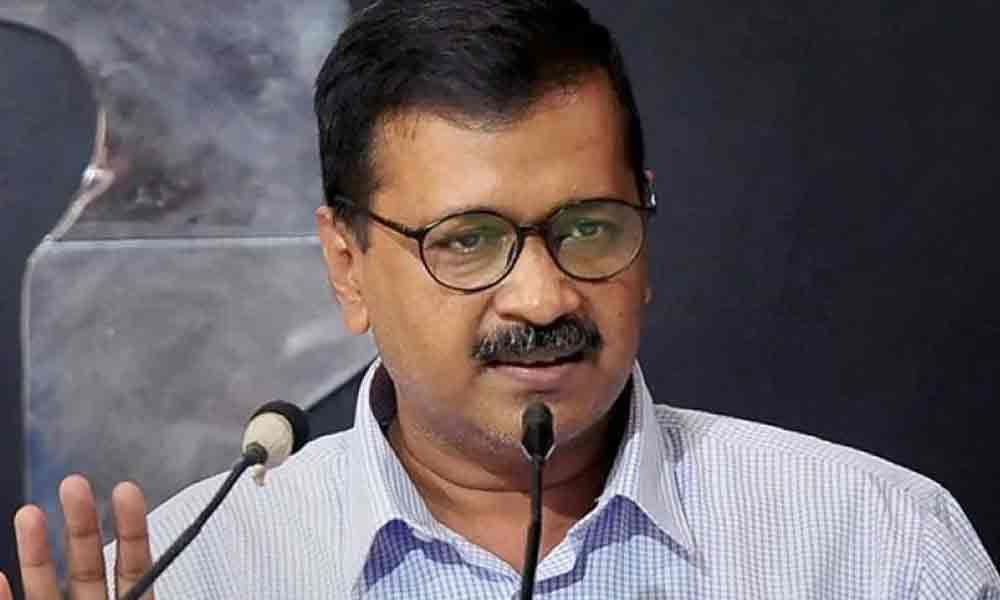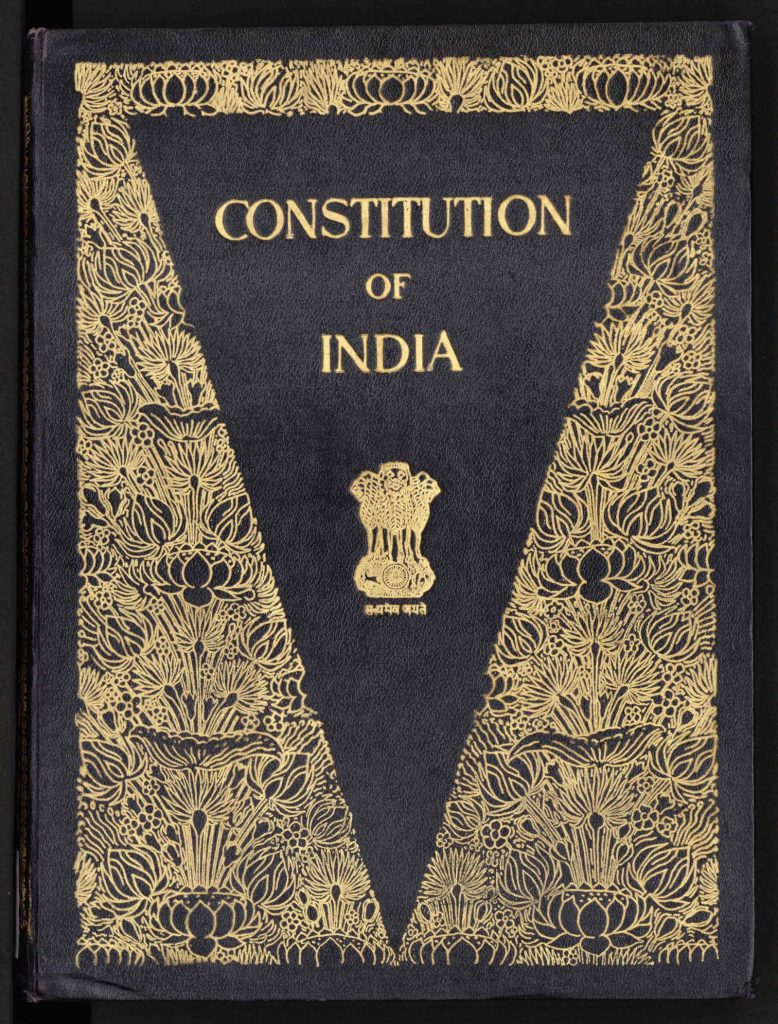Constitutionality of free public transport to women in Delhi



Chief minister of Delhi Mr. Arvind Kejriwal announced on June 3, 2019 that Delhi government shall sponsor free travel for women in Delhi metro and DTC buses. According to the press statement of Mr. Kejriwal, the reason for compensating travel for women to the extent of making it free is to ensure they can use public transport and travel safely. Here, in this article, I critically assess the scheme from a legal perspective. My focus will be on manifestation of the concept of equality under Article 14 of the constitution and subsequently on the constitutionality of the new scheme. This understanding will then be used to look at socio-political presumptions associated with the whole scenario and perception of the Indian society that can be developed as a consequence of the same.
Relying on media reports of the scheme, it appears to be the case that all women irrespective of their financial, physical, age or caste background will be allowed to travel in Delhi Metro and DTC buses free of cost. This, in the opinion of Mr. Kejriwal and members of his party will ensure that the women can have greater access of public transport that are safer on account of steps taken by his government. An additional claim made by the members of his party is also that this step will ensure presence of more women in the public transport which is likely to enhance the feeling of safety among women. Interestingly, these claims were questioned by the general public which was perplexed and questioned the veracity of such a scheme and its extension to the relatively well-off women. It appears that the people found the arrangement bizarre considering that since financial inability of commuters is the underlying question, why wouldn’t government extend it to poor commuters irrespective of their gender. Interestingly, the opposition parties did not question either the motives of the government or the legality of such a proposal. Most of their criticisms were bedded in the financial unsoundness of the scheme, inability of Mr. Kejriwal’s government to implement it and better use of the financial resources that are likely to be burned out in the process of paying subsidy bill of this nature.
Under Article 14, the Indian Constitution envisages the idea of equal protection of law to all individuals and equality before the law. The construct of ‘equality protection of law’ is borrowed from U.K. It implies that all citizens, depending upon their circumstances, will be treated as equals. On the other hand, concept of ‘equality before law’ is a negative concept and is borrowed from the 14th amendment to the U.S. constitution. It restricts prescription of any special privilege to any person on account of their race, religion, sexual orientation, gender etc. At a fundamental level this implies all citizens, irrespective of their orientation, religion, race, caste etc. are to be ruled by the same law, to be treated as equals before law and ought to be equally protected by law. In other words, irrespective of sexual orientation, religion, caste, race, gender etc., every Indian citizen is to be treated as an equal by law. However, this conception of equality before law or right to equality as it may be called, has certain underlying qualifications. These qualifications have been put in place by the honorable Supreme Court. These restrictions are provided on account of construct of equality under the Indian constitution which provides for equality only amongst equally placed classes of individuals and not between differently placed classes of individuals. Consequently, constitution allows for differently placed citizens to be treated differently. This interpretation of equality under article 14, allows for differential treatment of different classes of citizens and is the basis of laws designed with the objective of positive discrimination. In fact, this construct aligns with the fact that similar treatment of different classes of citizens will indeed amount to discrimination.
In order to determine differently placed classes of citizens’, legislature must rely on reasonable classification. This implies that the basis of discrimination must be such that it is intelligently derived and not a mere differentiation with the objective of discrimination, perhaps a differential classification that a reasonable man would consider to be rational. The differentiation must be prescribed with specific ends and must not be arbitrary, artificial or evasive. It must always rest upon some real and substantial distinction bearing a just and reasonable relation to the object sought to be achieved by the legislation or policy. It should further fulfil two conditions: Firstly, the classification must be founded on the intelligible differentia which distinguishes persons or thing that are grouped together from others, left out of the group. Secondly, the differentia must have a rational relation to the object sought to be achieved by the act. The differentia, which is the basis of the classification and the object of the act are two distinct things. What is necessary is that there must be nexus between the basis of classification and the object of the act which makes the classification. It is only when there is no reasonable basis for a classification that legislation or policy making such classification may be declared discriminatory. Further, as also stated above, the laws for positive discrimination in favor of such class of citizens must have rational nexus with the underlying objective of uplifting the oppressed classes. Therefore, the law thus designed should directly result in addressing such inequality and must not be unrelated to such inequality.
In this case, Delhi government has created a class of citizens without any specific discrimination in the given context. Here, on a constitutional level, I am not questioning the underlying presumption of the Delhi government that women are unsafe in Delhi, but the presumption that this issue of safety is somehow related to their inability as a class to access public transport. Another way of constructing the issue is that all women are unsafe in Delhi because they all as a group are unable to access public transport. If such presumption were to be believed, it would imply primarily that all women are unable to access public transport in Delhi and secondly that due to only and only this inability, they are unsafe in Delhi. However, we know that both these assertions are false. Delhi metro sees quite a few women commuters every day. Further, there is sufficient literature in urban planning that indicates towards roads, foot paths and lighting on Delhi’s roads amongst other things, that make Delhi unsafe not just for women but for all residents of Delhi. Therefore, this classification is arbitrary and not founded on intelligible differentia. An intelligent differentiation, if second premise is to be believed, would have been granting free transport only to women who are unable to access public transport since it would make Delhi safer for them. In terms of objective of the policy and its ability to achieve intended outcome in terms of ascertaining equality, the discussion is futile. This is because the differentiation itself on the basis of sex is unreasonable and arbitrary. The differentiation here is on financial lines, presuming that certain people are unable to access public transport due to lack of funds. Thus, reasonable classification would have been to offer free travel to people with economic background weaker than a certain threshold level. Even if second presumption pertaining to the association public transport and safety of women commuters were to be considered to be true, the only reasonable step would be to extend travel concessions to class of women unable to afford travel in DMRC Delhi metro and DTC buses and not all women as a class.
On a socio-political level, there are two separate events happening in this case. Firstly, interesting as it sounds, the opposition parties must have questioned it on the basis of constitutionality of the proposal. They were better equipped in terms of technical know-how and ability to undertake research to question the decision. However, it appears they did not do the same for who would face the wroth of gynocentric voters and risk polarizing women voters against them. Secondly, multiple social media posts and television media interview suggest that voters, or aam admi of Delhi is aware of the nuances of the issue. They question the scheme on the basis of ideas akin to the constitutional understanding of equality. Therefore, the action undertaken by the opposition clearly seems to be inspired by the presumption that women voters (and a section of common voters) are likely to vote against them despite knowing that the scheme is against the constitution and principles envisaged under the same. Now, this presumption may be true or false. If this presumption is false, then we can amply conclude that Indian society still shares an understanding of Justice, fairness and equity. Therefore, irrational and divisive tantrums of feminists and the left, designed with the objective of polarizing the family, aren’t working. On the contrary, if the presumption is true, it is terrifying on how women voters and a large section of left minded individuals will vote against the constitution and principles envisaged under it in order to further their personal interests. This simply means that feminists, leftists and their crook carder have an agenda that runs against the scheme of the Indian constitution, and hence are anti-national!
